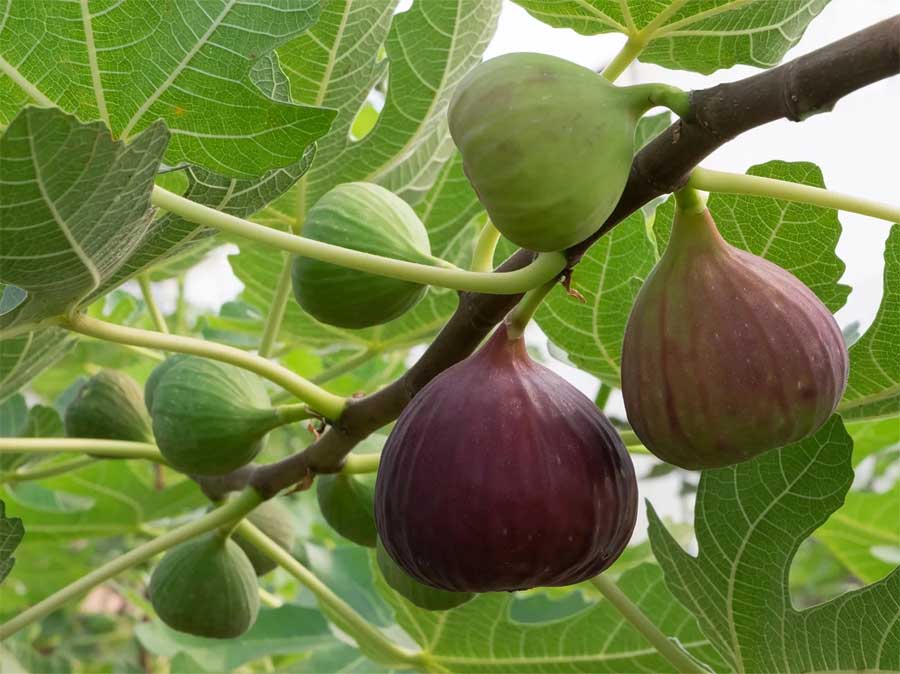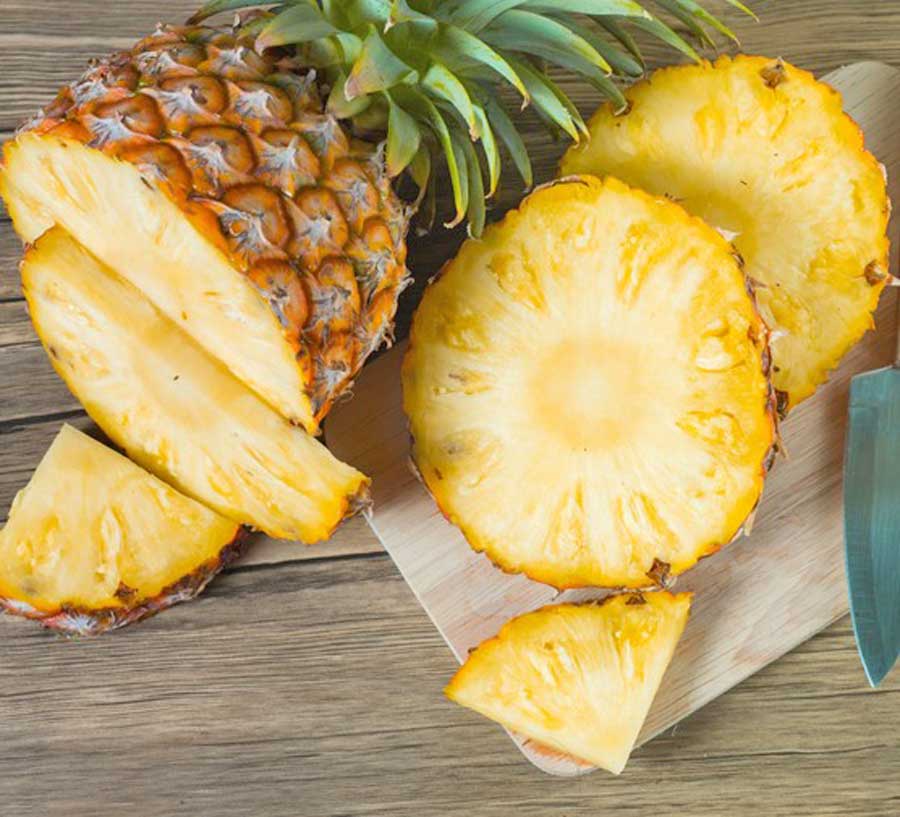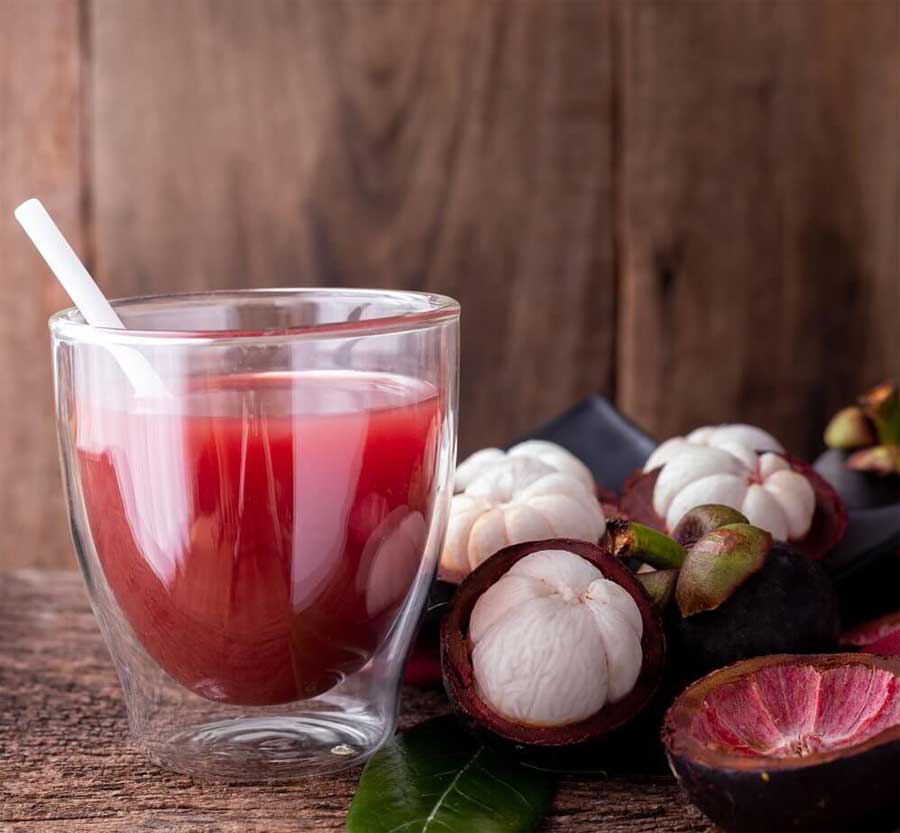What are the health benefits and side effects of consuming egg fruit? Egg fruit or Canistel Fruit is a unique fruit like egg yolk. It has a shape similar to an egg yolk, so some call it “egg fruit”. Of course, this fruit feels unique because it is not commonly found, if anything, it is an ex0tic or rare fruit that cannot be found just anywhere.
In this article we will explore this unique fruit further. In particular, we will see here what are the benefits of Canistel Fruit and what are the side effects if consumed excessively. To explain its benefits, we will also look at its nutritional value. Let’s just explore below!
Why is it called the “Eggfruit”?
Eggfruit or Canistel is a fruit shaped like egg yolk when it is ripe. The color is yellow and the texture is also like egg yolk. The skin is thin and the flesh is similar to boiled egg flesh. Canistel fruit is usually used for cooking or eating fresh.
So what are the benefits of Canistel Fruit for health? What are the side effects of consuming Canistel in excess? Below, let’s look at the review in full, and of course before all that, let’s look at the nutritional value of Canistel Fruit.
Canistel Fruit Nutrition Per 100g
Canistel fruit has its own characteristics, where the texture is soft like custard and the taste is sweet. For those of you who want to eat this fruit, you should know its nutritional value. Here we will share with you the nutritional information.
Every 100 grams of Canistel fruit or chesa contains the following nutrients:
- Calories: 131 kcal
- Sugars: 23.1 g
- Carbohydrates: 29.8 g
- Protein: 1.44 g
- Fiber: 1.8 g
- Magnesium: 27 mg (7% DV)
- Vitamin C: 12.8 mg (21% DV – Daily Value)
- Iron: 1.3 mg (7% DV)
- Vitamin A: 1020 IU (20% DV)
- Fat: 0.9 g
- Calcium: 38 mg (4% DV)
- Potassium: 308 mg (9% DV)
- Phosphorus: 21 mg (2% DV)
For those with low immunity, consuming Canistel fruit is an alternative because this fruit is rich in vitamin C. Apart from vitamin C, it also contains vitamin A, potassium and iron. Then, Canistel fruit is also known as a fruit that is low in fat, and is a good source of fiber.
Canistel fruit is good as a food for a balanced diet so you get the nutrients every day. The flesh of the fruit is thick and can be used in many culinary applications. But many also consume it raw. In culinary applications, Canistel fruit is used to make smoothies, custards, ice cream, and baked goods.
Ok, after we look at the nutritional value, of course this fruit has many health benefits. What are the health benefits of canistel fruit? the following is the explanation.
Surprising Canistel Fruit Health Benefits
1. As a super fruit
This is a super fruit because of its enormous nutritional content. In fact, it provides 50% more energy compared to bananas and provides almost the same protein as avocados. Eggfruit also contains carotene, vitamin B complex and other minerals.
Canistel fruit provides fiber and is low in fat and the fruit contains high levels of ascorbic acid.
2. Contains a lot of beta-carotene
Yellow chesa or Canistel fruit contains a lot of vitamin A, just like other yellow fruit. The vitamin A provided is in the form of carotenoids and this substance is then converted in the body into vitamin A. This is the same as carrots which are orange in color and are known for their high levels of vitamin A.
The high beta-carotene content is 30mg of β-carotene in 100g and this is all very beneficial for healthy vision. Consuming this fruit regularly can reduce the risk of cataracts and age-related macular degeneration (AMD). So, make Canistel fruit one of the foods for daily nutritional balance.
3. High in minerals
100 grams of Canistel fruit contains 25 mg of calcium and 40 mg of phosphorus, so this is a food that functions as a natural medicine for arthritis. The benefits are also good for strengthening the brain, good for people with heart, bone and joint diseases.
4. Improves digestion
Canistel fruit is a high fiber food which is useful for improving digestive health. Fiber is also useful in regulating blood glucose and getting rid of bad cholesterol in the body.
Consuming Canistel fruit regularly can reduce cholesterol and prevent diabetes.
5. Increase body immunity
We have already said that Canistel fruit is a fruit with high vitamin C. The benefit of vitamin C is that it supports and increases the body’s immunity so that the body is immune to disease attacks.
So, if you are attacked by diseases such as coughs, the flu, pneumonia, and lung infections, foods rich in vitamin C are good for increasing the body’s immunity. It is highly recommended to consume this fruit regularly.
6. Contains anti-inflammatory and anti-microbial properties
Canistel fruit is rich in amino acids, tryptophan, lysine, and methionine, and rich in flavonoids which function as antioxidants in attacking cancer cells, and tumors, as anti-inflammatory, anti-microbial, and as an anti-HIV food.
This is a natural medicine to clean bacteria, and fungi, which may nest in the body.
Possible Side Effects and Disadvantages of Canistel Fruit
1. Allergic Reactions: One of the side effects of eating canistel fruit is the potential for allergies. If after eating canistel you notice allergy symptoms such as difficulty breathing, itching, swelling, then stop immediately and contact a doctor immediately.
2. High Sugar Content: The sweet taste of canistel fruit can increase blood sugar levels. For diabetes sufferers, you should limit eating egg fruit or canistel fruit to prevent blood sugar spikes.
3. Oxalate Content: Another side effect of consuming eggs is the high level of oxalic acid. Oxalic acid is a compound that forms into kidney stones. So, if you have a history of kidney stones from your parents, then avoid eating canistel fruit or you can just stop.
5. Pesticide Residue: If it is not grown organically, of course, this plant will become a plant that handles chemical residue. So, eating this fruit is not healthy because it can damage body cells due to the large amount of chemical residue.

















